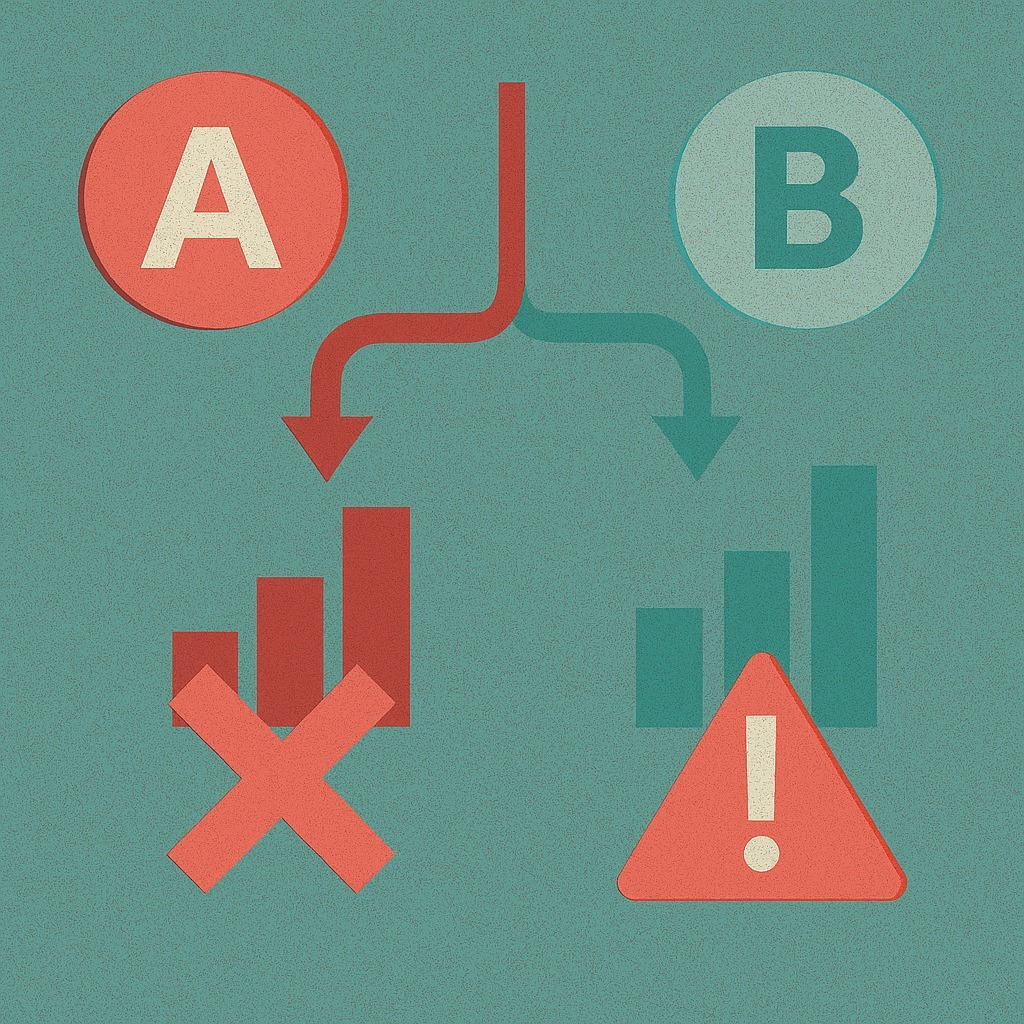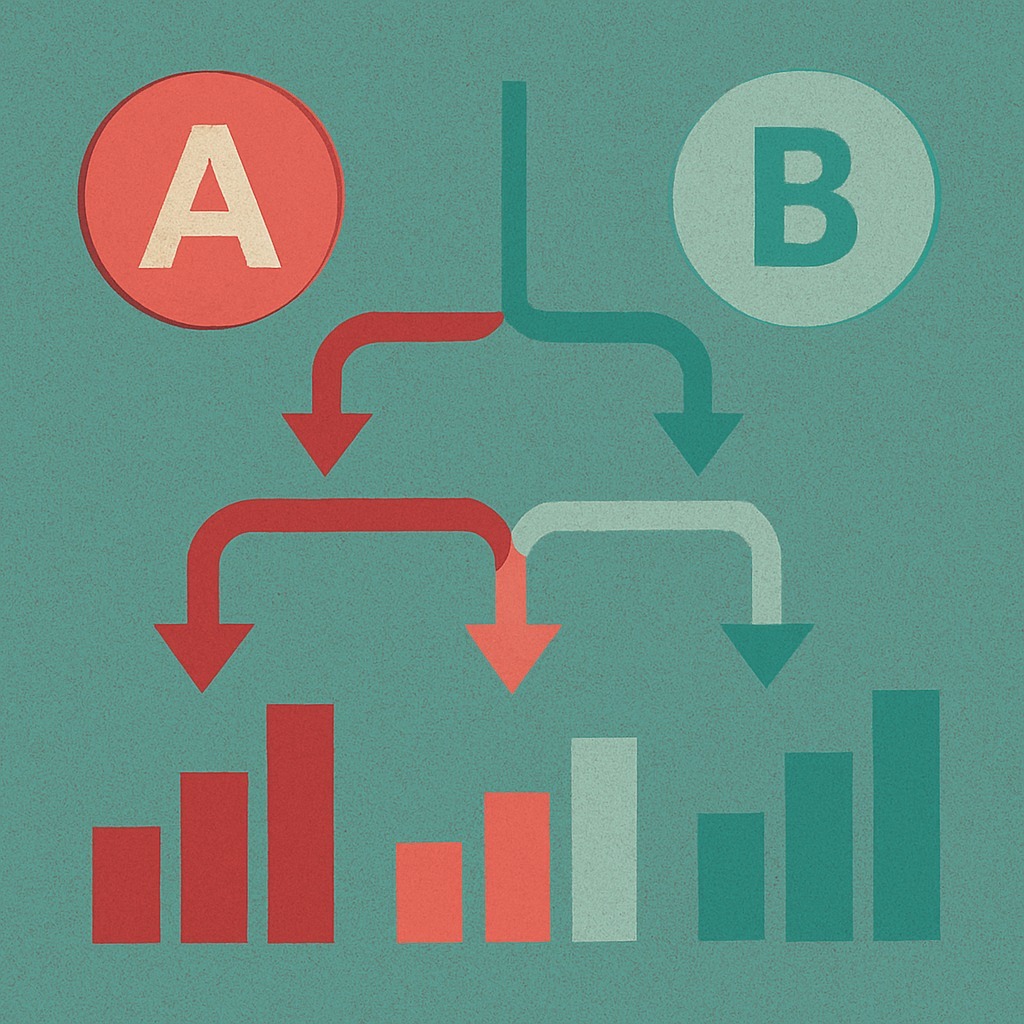
How to A/B Test Your Email Marketing (Without Falling for False Results)

A/B testing can be one of the most powerful ways to improve your email marketing — but only if you do it carefully. Moving too fast or acting on too little data can send you in the wrong direction, wasting time and undermining trust with your audience.
Here’s how to run smarter, more effective A/B tests in your email campaigns.
1. Start With a Clear Hypothesis
Good testing starts with a good question.
Are you trying to boost open rates? Get more clicks? Drive more purchases? Each goal requires different elements to test:
-
Subject lines affect open rates.
-
CTA buttons influence click-through rates.
-
Email layout or design can impact both engagement and conversion.
A clear hypothesis sounds like:
"Changing the subject line to be more urgent will increase open rates by 10%."
2. Test One Thing at a Time
Keep your tests simple. If you change multiple elements (subject line + design + CTA) at once, you won’t know what caused the difference.
Start small, measure carefully, and iterate.
3. Make Sure You Have a Big Enough Sample Size
One of the biggest pitfalls in email A/B testing is acting too early on too little data.
You might be tempted to pick a winner after a few dozen opens — especially if the numbers look exciting. Resist the urge.
In most cases, you’ll want:
-
At least 1,000 recipients per version for a rough test.
-
Or enough that you can detect at least a 10–20% lift with confidence.
Small sample sizes often show random swings that disappear when you scale. (Remember: statistical significance protects you from making decisions based on noise.)
4. Measure What Matters
Don’t just look at open rates if your real goal is sales. Make sure you track the full journey: opens → clicks → conversions.
A subject line that gets a lot of opens but leads to fewer purchases isn't a win.
5. Learn, Iterate, Improve
Not every test will deliver a dramatic result — and that's okay.
Smart teams view A/B testing as a long-term habit, not a one-off tactic.
The more you test, the sharper your intuition becomes — and the stronger your campaigns will get.
Bottom Line:
A/B testing in email marketing is a huge opportunity — but only if you stay patient, disciplined, and focused on real results, not early noise.
Ready to set up more reliable testing frameworks for your marketing? Contact us — we’re here to help.


